ENT smear

specialists

equipment

treatment
Signs of an ear plug

The main purpose of smear analysis is to determine the composition of the microflora for accurate diagnosis and treatment.
A smear on the flora of the ENT organs is prescribed in the following cases:
- If a runny nose or nasal congestion persists for more than a week
- For allergic reactions
- For frequent or chronic inflammation (rhinitis, pharyngitis, tonsillitis, pharyngitis, adenoiditis, sinusitis)
- For stomatitis
- If there is a suspicion of infections caused by staphylococci, streptococci, diphtheria, whooping cough, meningitis, fungal infections
- If tuberculosis is suspected
- For diagnosis and monitoring of treatment of mononucleosis
- For frequent abscesses in the ENT area
- If you suspect a coronavirus infection
Smears are also taken as part of a general medical examination. Employees of child care institutions, the food industry, salespeople working in grocery stores, medical staff and pregnant women must be examined. In the event of an outbreak of an infectious disease, everyone who may have had contact with the infected person is tested, and if the disease spread is high, entire groups of the population or particularly vulnerable categories of citizens are tested.
General information about the procedure
What does an increased level of pathogenic microorganisms indicate?
The detection of a large number of pathogenic or opportunistic microbes indicates an infectious lesion of the mucous membranes. Depending on the type of pathogen, the doctor can make one of the diagnoses:
- Staphylococcus. Lead to the development of pharyngitis, tonsillitis, sinusitis and other inflammations in the mouth and nose
- Streptococci. They often cause tonsillitis, scarlet fever, and sometimes sinusitis. They can also provoke kidney inflammation and cardiovascular disorders
- Hemolytic streptococcus. Provokes complications with sore throat, sometimes leading to heart disease
- Fungi of the genus Candida. They become the cause of candidiasis. This is especially true for children, the elderly and people taking antibiotics or immunosuppressants for a long time
The list of possible pathogens that are identified using smear analysis is quite large. It includes viruses that cause mononucleosis, herpes, coronavirus infection, whooping cough, diphtheria and other diseases.
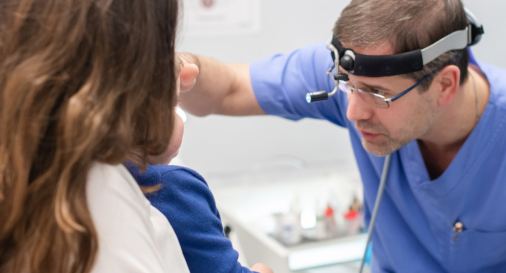

How is an appointment with an otolaryngologist at K+31?
Answers to frequently asked questions
What does an ENT smear reveal?
Why test antibiotic sensitivity?
Why are bacteriophage-based drugs important for treatment?
What germs can be detected with a smear?
Our doctors

This award is given to clinics with the highest ratings according to user ratings, a large number of requests from this site, and in the absence of critical violations.

This award is given to clinics with the highest ratings according to user ratings. It means that the place is known, loved, and definitely worth visiting.

The ProDoctors portal collected 500 thousand reviews, compiled a rating of doctors based on them and awarded the best. We are proud that our doctors are among those awarded.
Make an appointment at a convenient time on the nearest date
Price
Other services









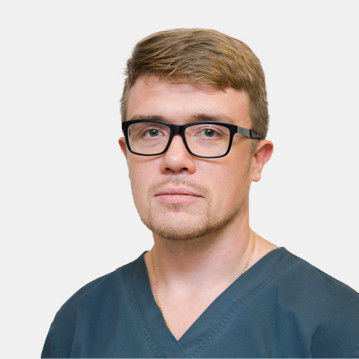


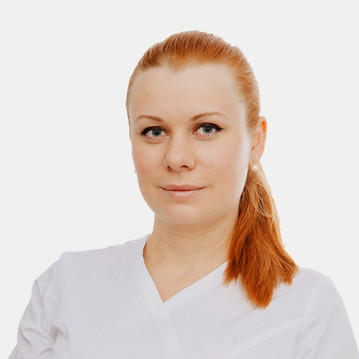



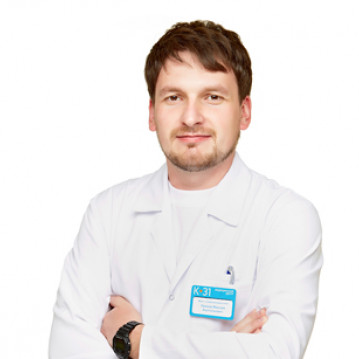


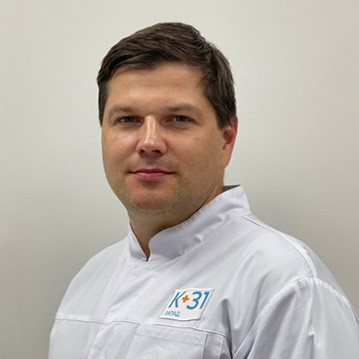




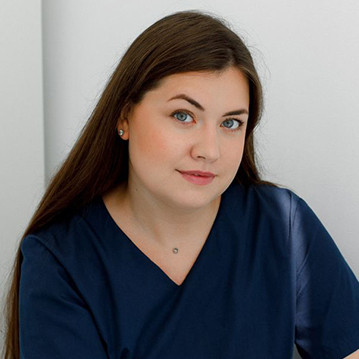
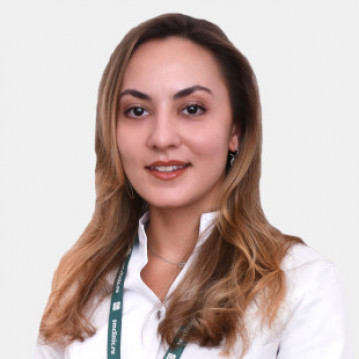





Microflora of the oropharynx
More than 50 species of microorganisms live in the throat and nasal mucosa. Some of them are considered beneficial because they support health and are involved in the digestive process. Other, opportunistic microorganisms, when the immune system is weakened, can provoke diseases such as pharyngitis, tonsillitis or sinusitis. In addition, there are pathogens that can cause serious disorders in the body (meningitis, sepsis). Some people are carriers of such microorganisms, but do not suffer from them themselves, but are infectious to others.